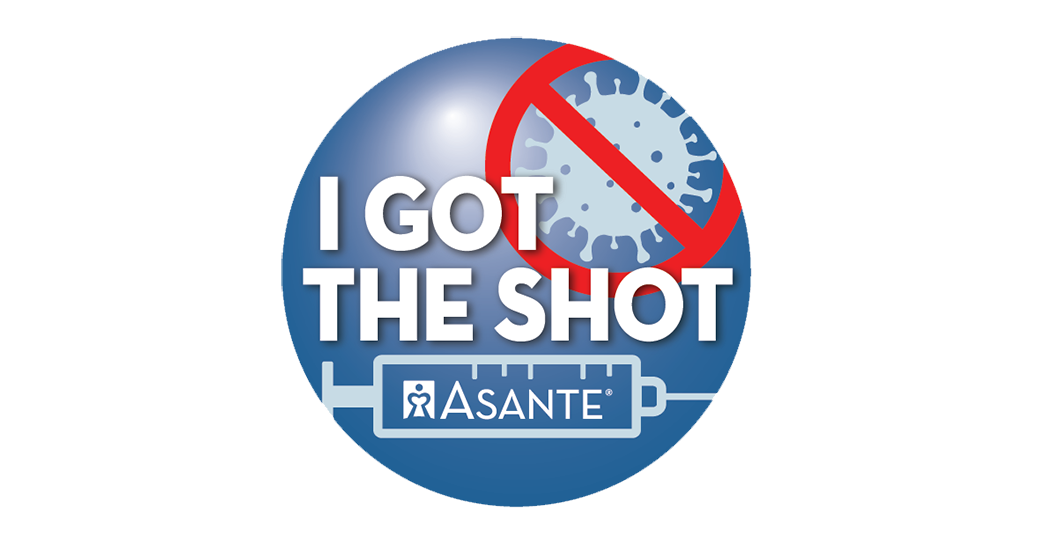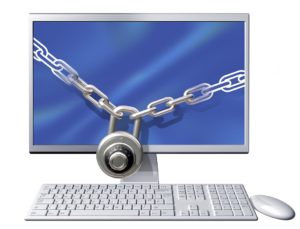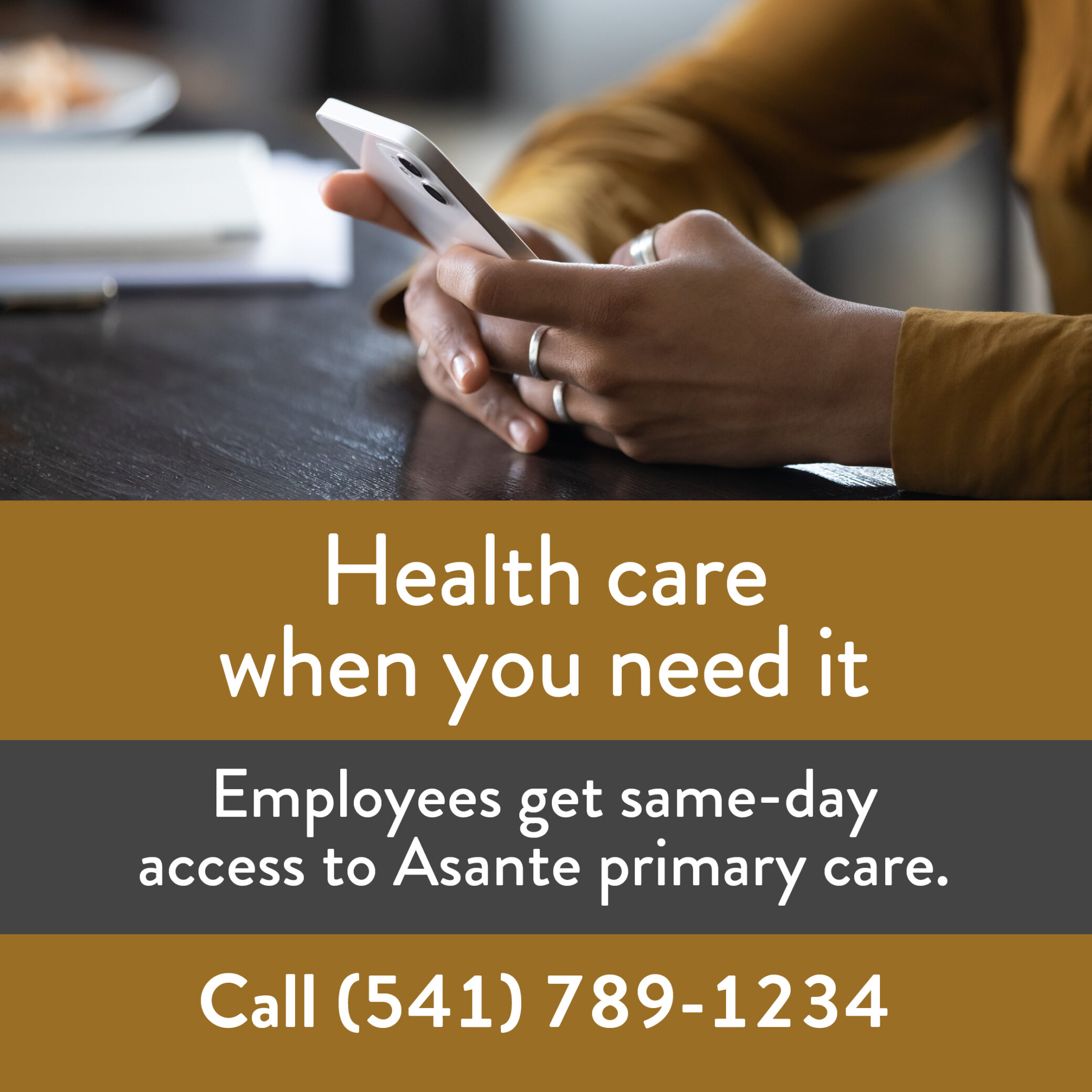Share:
Vaccines don’t end pandemics — vaccinations do
Vaccination is the safest, most effective and most reliable way to keep you, your family and your community healthy and safe from COVID-19. With the Pfizer vaccine expected to be available to children age 12 and older soon, it’s important that everyone who is eligible get vaccinated to achieve community immunity. The vaccine won’t end the pandemic, but vaccination will.

Safety and efficacy
The vaccines are 95% effective and have undergone rigorous safety testing. COVID-19 vaccines have been evaluated extensively in large-scale clinical trials that involved more people than in a typical vaccine trial. These trials involved adults from a diverse and inclusive range of races, ethnicities and ages, including people from communities of color.
COVID-19 vaccines are vetted for safety and efficacy by three independent scientific groups, including the Data Safety Monitoring Board, the Vaccines and Related Biological Products Advisory Committee and the Advisory Committee on Immunization Practices.
Getting the vaccine does not mean you can never get COVID-19. The vaccine only has the potential to strengthen your immunity. Asante will still require masking, physical distancing, staying home when ill and appropriate hand hygiene to prevent the spread of COVID-19.
To learn more about safety, efficacy and side effects, check out information from the CDC and FDA.
Vaccine administration
The preferred time to vaccinate is preceding one to two days off work, when possible. The second doses are administered 21 days after the first for the Pfizer vaccine and 28 days after the first for the Moderna vaccine. The Johnson & Johnson vaccine, which has resumed distribution after a brief pause, requires just one dose.
An earlier diagnosis of COVID-19 does not exclude you from getting the vaccine. You should be recovered from the illness and cleared to return to work before you get vaccinated.
Vaccination side effects may include mild pain at the injection site, tiredness, headache, muscle pain, chills, joint pain, fever, injection site swelling, injection site redness, nausea, feeling unwell and swollen lymph nodes.
V-safe is the CDC’s mobile app monitoring program for COVID-19 vaccine follow-up. The V-safe program conducts electronic health check-ins with vaccine recipients daily for the first week post-vaccination and weekly until six weeks’ post-vaccination. There are additional health checks at three, six and 12 months, with the timeline restarting after the second dose.
Vaccination gives us hope that the pandemic will end, but in the meantime, we need to continue safety measures to keep the virus from spreading: wear a mask, physically distance from others, wash our hands, avoid social gatherings and stay home when sick.
PHYSICIAN PSA
If you have a question, please contact the author or relevant department directly.




2 Comments. Leave new
I am almost 69 years old, with an auto-immune asthma. I had both Pfizer shots in Feb and am wondering if i can now receive a third-booster shot?
thank you for any information about this?
Hello, please contact your primary care provider about booster shots.